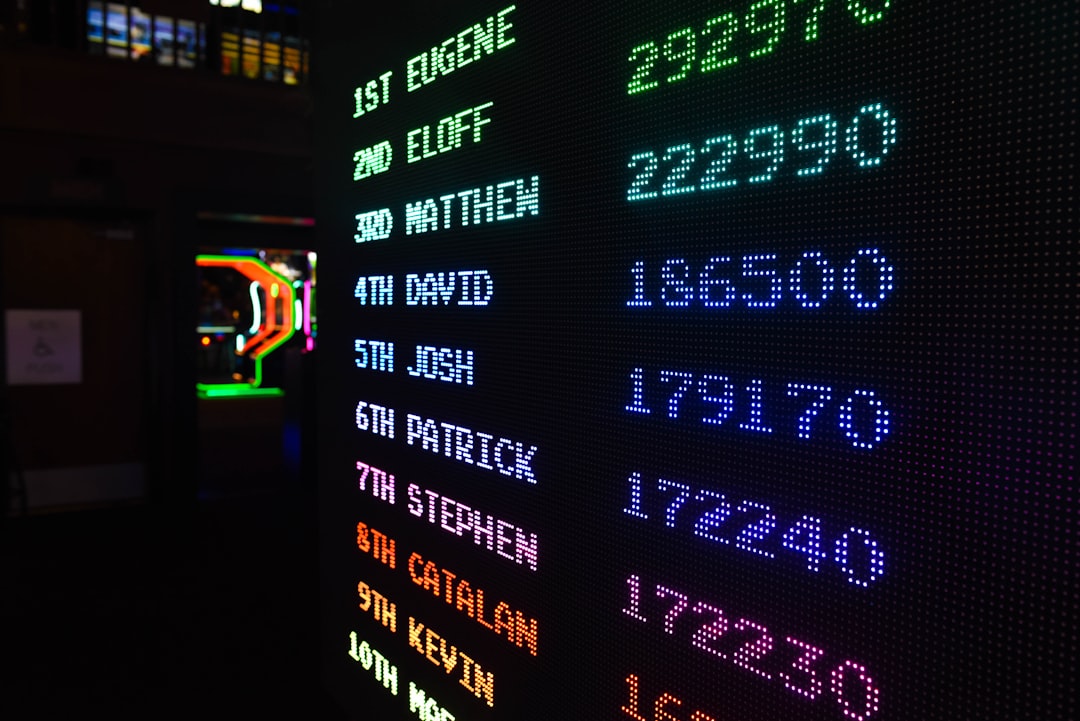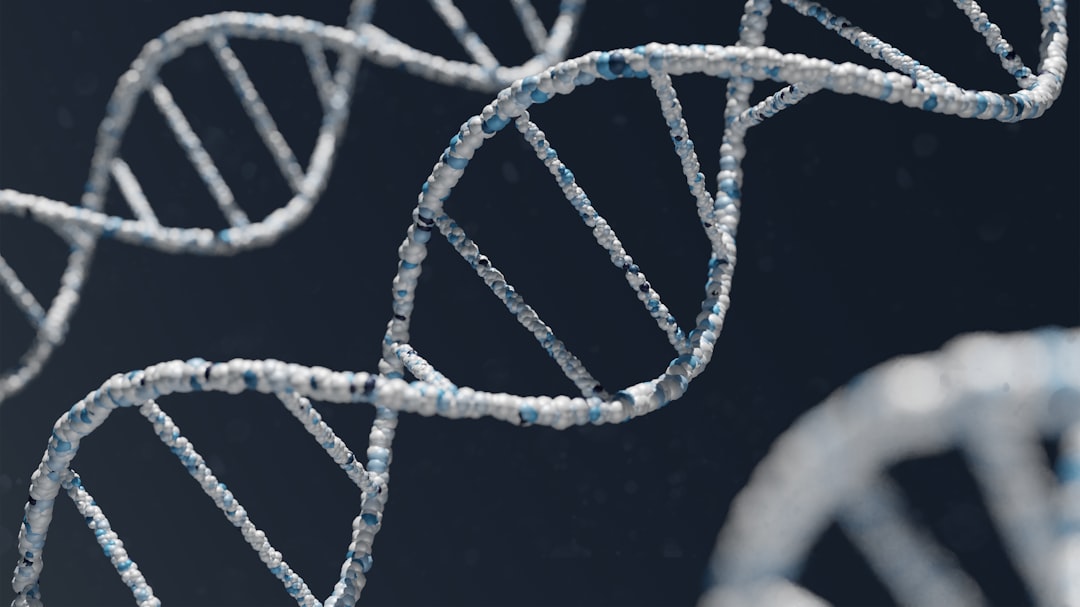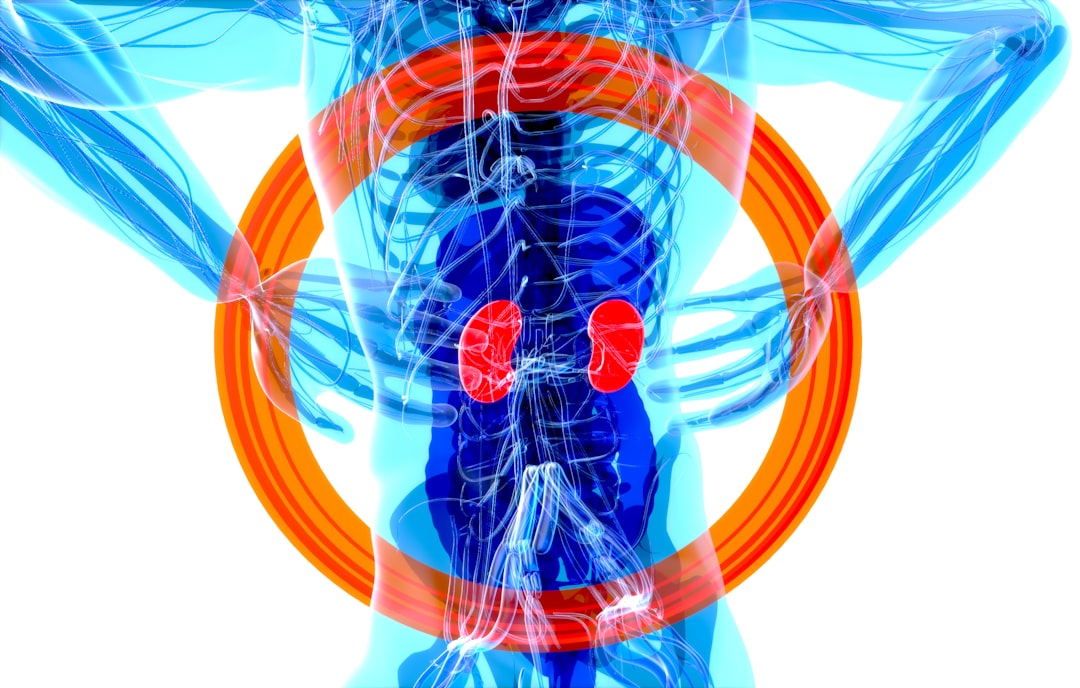What is it about?
A primary role of protected areas is to shelter ecosystems and the animals and plants they contain from destruction and disturbance by humans. However, the ecosystems inside Europe’s protected areas are often far from being pristine wilderness and instead suffer from human disturbance. The Natura 2000 (N2k) network in the European Union is the world's largest coordinated network of protected areas. To better understand the efficacy of the N2K network, we studied the extent to which N2k protected areas effectively shelter ecosystems from human disturbance. We quantified the degree of fragmentation through human settlements and roads inside N2k protected areas and compared those results to the degree of fragmentation in a 5-km buffer zone just outside the borders of each N2k protected area. Our results show surprisingly similar levels of fragmentation inside N2k protected areas as outside, indicating that protected areas in Europe are not well sheltered from human pressures.
Featured Image

Photo by Nathan Cima on Unsplash
Why is it important?
Our result show that N2k protected areas are very fragmented and only a few remote and mountainous regions of Europe still consist of landscapes with low levels of fragmentation. Most importantly, the degree of fragmentation within and around N2k protected areas is highly correlated. This implies that N2k protected area do not effectively shelter ecosystems from fragmentation by roads or settlements.
Perspectives
We argue that there is high potential for improving PA efficacy in Europe by taking pre-emptive action against encroaching anthropogenic fragmentation. This entails banning additional infrastructural development inside N2k protected areas and putting additional resources into enforcing such bans within N2k protected areas.
Alexandra Lawrence
Read the Original
This page is a summary of: Landscape fragmentation of the Natura 2000 network and its surrounding areas, PLoS ONE, October 2021, PLOS,
DOI: 10.1371/journal.pone.0258615.
You can read the full text:
Resources
Contributors
The following have contributed to this page










